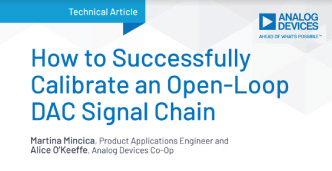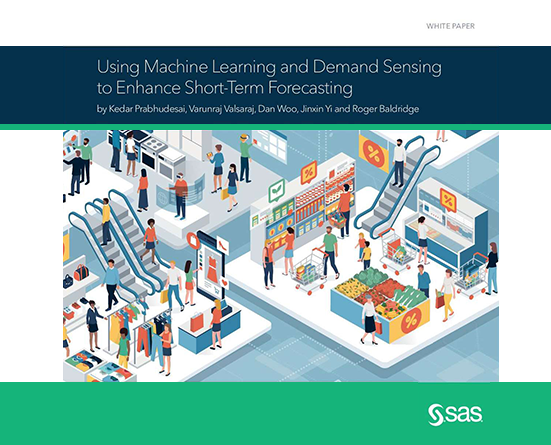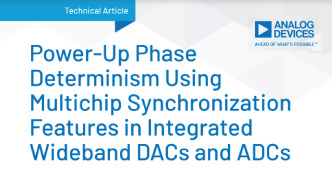Any practical electronic application is subject to multiple sources of error that can make the most precise components deviate from their datasheet behavior.
When the application signal chain doesn’t have a built-in mechanism to self adjust for these errors, the only approach to minimize their impact is to measure
them and calibrate them out systematically.
An open-loop system is a system that does not use its output to perform adjusting control actions on its inputs to achieve the required performance, while in a
closed-loop system, the output depends on a control action in the system that can automatically implement corrections to improve performance. Most digital-to-analog converter (DAC) signal chains are set-and-forget type systems, where the accuracy of the output must rely on the accuracy of each block in the signal chain. A set-and-forget system is an open-loop system. For an open-loop system that requires high accuracy, calibration is most likely needed and recommended.
We’ll introduce two types of DAC signal chain calibration: the TempCal (calibration at operating temperature), which can give the best level of error correction,
and the SpecCal (calibration using specifications), which is a valid alternative
when using TempCal is not possible, but it’s not as comprehensive.




